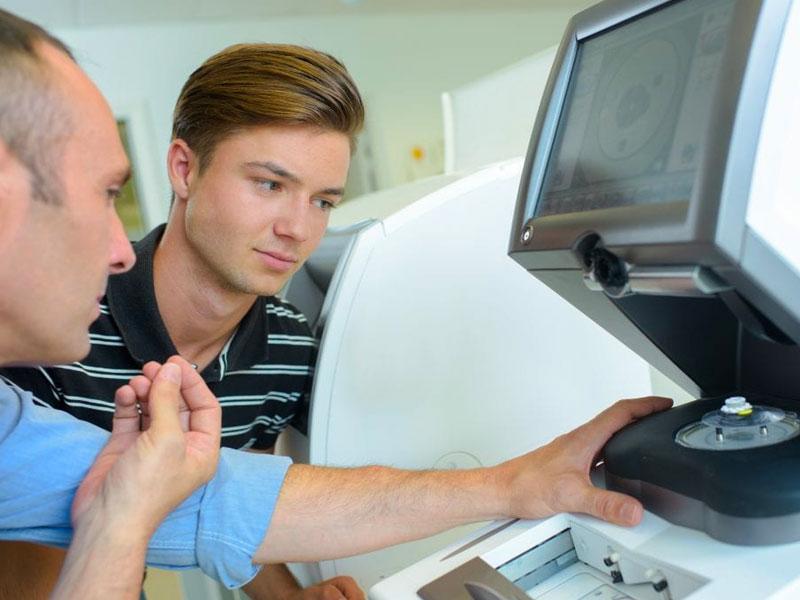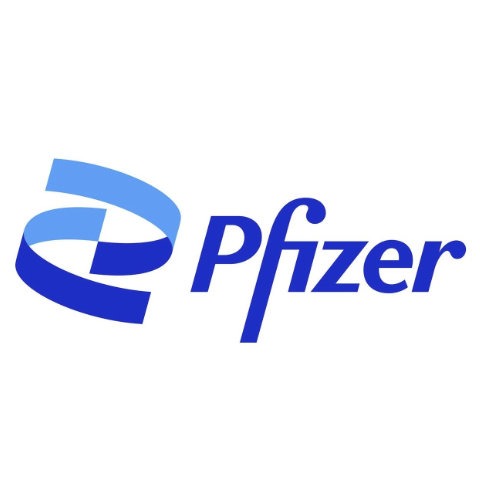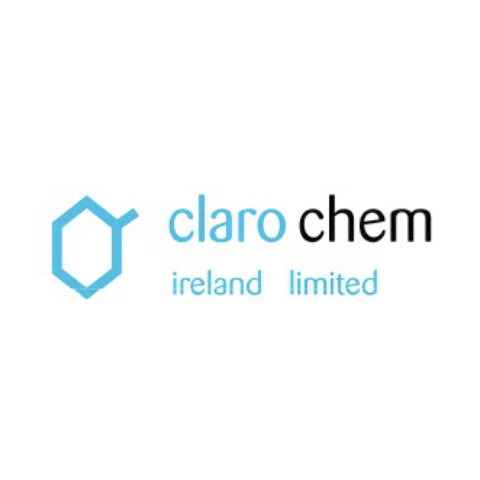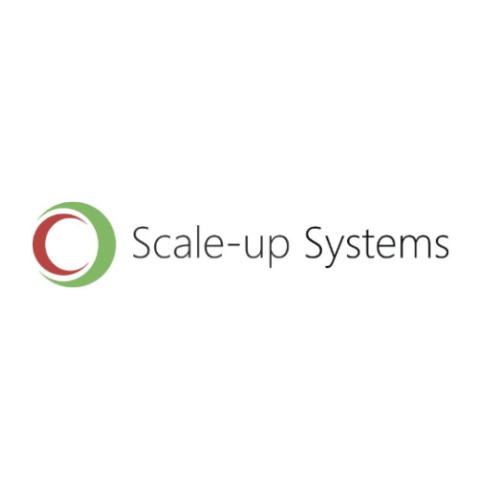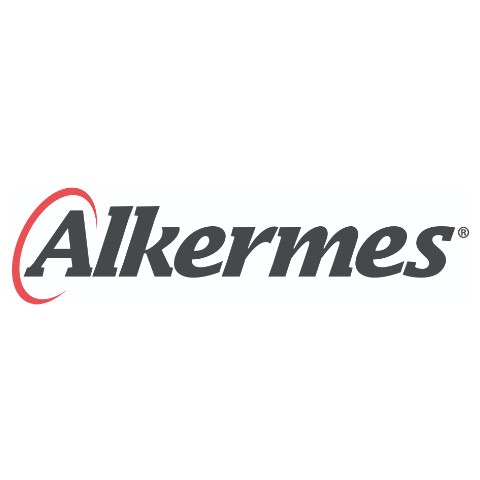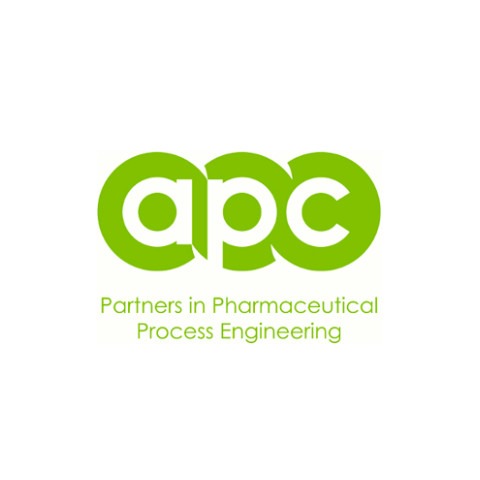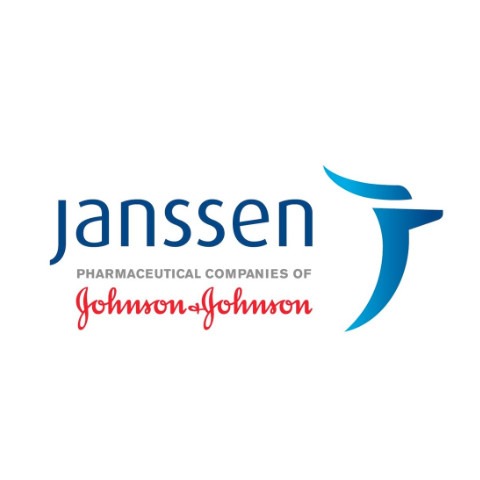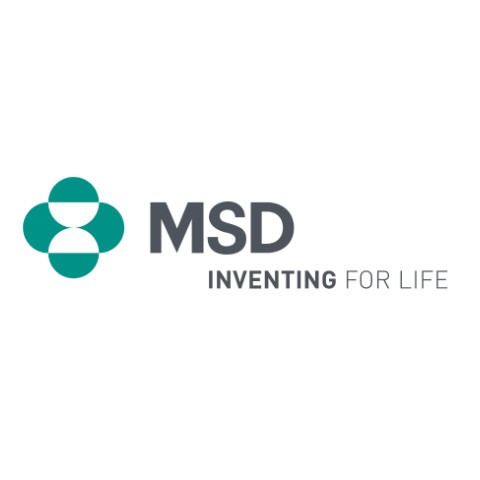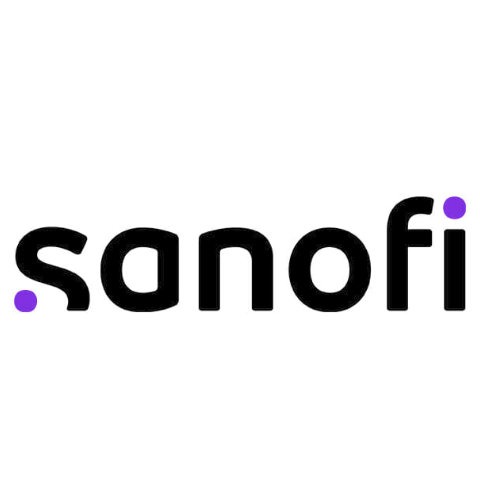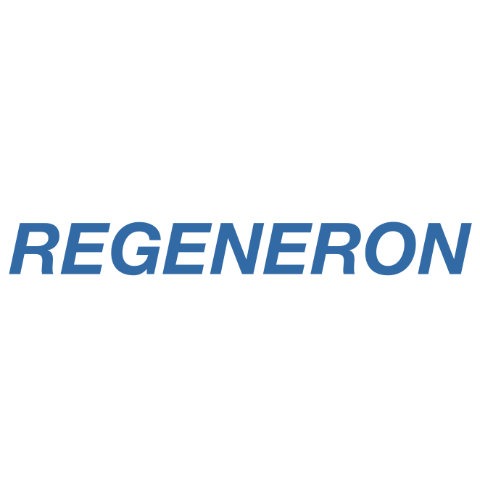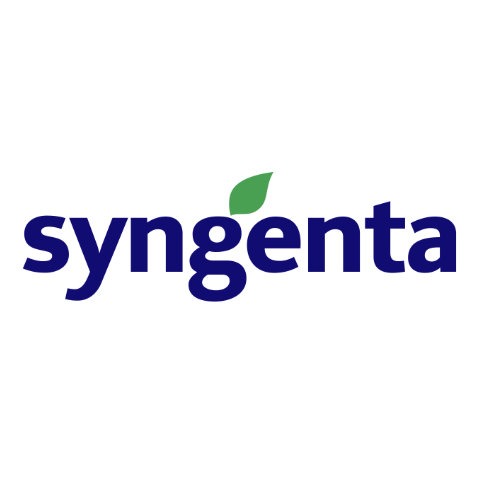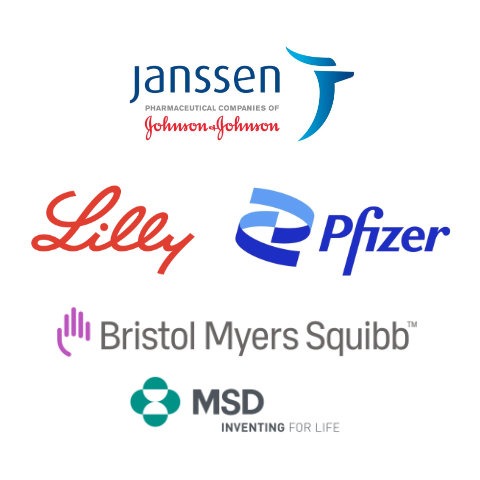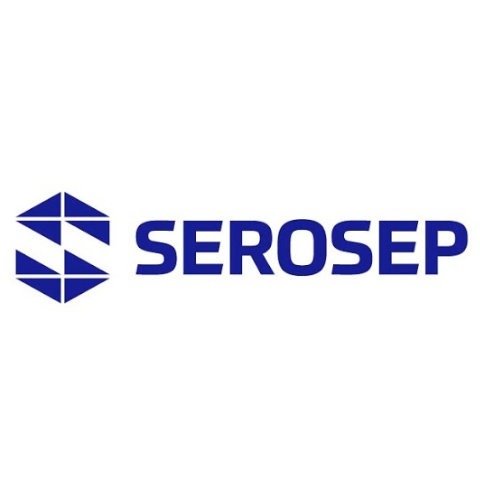
Dr Ioscani Jiménez del Val, University College Dublin, Prof. Peter Crowley, University of Galway, Dr Emmet O’Reilly, University of Limerick, Associate Prof. Jakki Cooney, University of Limerick, Prof. Vivek V. Ranade, University of Limerick, Associate Prof. Luis Padrela, University of Limerick, Prof. Jennifer McManus, University of Bristol, Dr Jessica Whelan, University College Dublin, Prof. Elizabeth Topp, National Institute for Bioprocessing Research & Training (NIBRT), Dr Philip Donnellan, University College Dublin
Prof. Gavin Walker
University of Limerick
Assoc. Prof. Steven Ferguson
University College Dublin
Overall Objective
Enabling a disruptive change in the manufacture of drug substances and drug products, through the development and implementation of continuous manufacturing, flow chemistry and end-to-end manufacturing methodologies (“Pharmaceuticals 4.0”).
Key Scientific Expertise
- Process Engineering
- Bioprocess Engineering
- Process Analytics
- Continuous Processing
- Polymer chemistry
- Biochemistry
- Customised technology
- Additive manufacturing.
Industrial Significance
This will align to an Industry 4.0 approach in manufacturing and ultimately to a “Pharmaceuticals 4.0” approach by 2025. To establish itself at the forefront of such developments, SSPC will expand its existing expertise in the development and implementation of Continuous Manufacturing (CM) techniques, Flow Chemistry and End-to-End manufacturing methodologies from DS to DP. Manufacturing (DS, DP and coupled DS-DP) in the future is likely to be ‘skid mounted’, agile and mobile.
This requires manufacturing research to be truly multi-disciplinary, leading to innovation at the interfaces between chemistry, process engineering, data analytics and mathematical modelling. CM in particular offers low facility cost, flexible batch (supply chain flexibility), platform tech, better QA (not better quality), yield improvements, and decreased Technology Transfer effort.
In terms of implementation of CM, regulatory input from MHRA and EMA indicate that there is no difference in inspecting CM vs Batch, although there is a need to demonstrate control. Batch inspection is already defined in ICH Q7, with PAT and RTR well established (QbD). Recent developments in regulatory aspects include, process flexibility, which is supported by ICH Q8/9/10 allowing different control strategies and to ICH Q12 harmonization.
Also, SSPC-PharM5 will assist in enabling new strategies and promote innovation and continual improvement, strengthen QA and reliable supply of product, including proactive planning of supply chain adjustments. This will allow regulators (assessors and inspectors) to better understand firms’ Pharmaceutical Quality Systems for management of post-approval CMC changes.
Industry 4.0 will require manufacturing systems that have full feedback control and self-correcting processes. This requires Theme 4 to advance Process Modelling and PAT for model predictive control of pharmaceutical manufacturing.
It is also predicted that as industry moves to increased localisation, with the requirement to perform manufacturing in countries to achieve regulatory approval, this will drive different manufacturing modes for efficiencies in small volume manufacture in developing countries. This requires Theme 4 to also focus on intensified manufacturing, modularisation and process control systems.
Manufacturing Research Byte
Check out theis 3-minute video from Maryam Karimjafari, University of Limerick: Continuous manufacture of co-crystal APIs using in-line Raman spectroscopy as PAT.
Dr Maryam Karimjafari
University of Limerick
Maryam’s work is focued on continuous manufacturing of cocrystal APIs. Many drugs suffer from low solubility and low bioavailability in which cocrystallisation can overcome these issues. She also applied PAT for in-line Raman monitoring of cocrystallisation in hot melt extrusion process and developed a predictive model for cocrystallisation yield in Ibuprofen-Nicotinamide model drug system.



